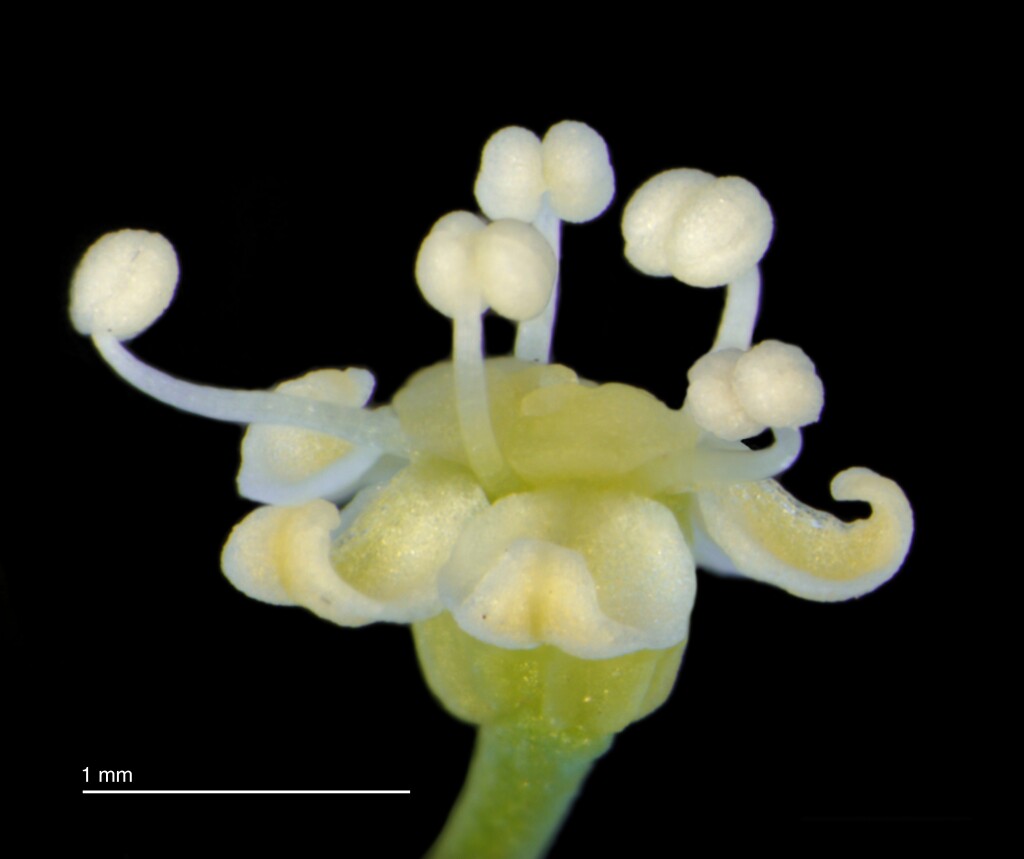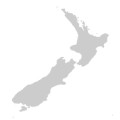Apium graveolens
L. CeleryErect or prostrate biennial to 1 m high, stems ribbed. Leaves 1- or 2-pinnate, upper leaves reduced; lamina to 6(–15) cm long; leaflets 3–7, ovate-cuneate, to 5 cm long, often deeply 3-lobed and lobes again divided; margins crenate to toothed; petiole longer than lamina. Umbels 1–4 cm diam., shortly pedunculate, occasionally more or less sessile; rays 3–12, unequal, 1–3(–6.5) cm long; umbellules 3–10(–20)-flowered; pedicels to 5 mm long. Petals c. 0.5 mm long, white, often with reddish midrib. Fruit broad-ovoid, c. 1.5 mm long; mericarps with 5 slender, pale ribs. Flowers Oct.–Feb.
Wim, VVP, VRiv, GipP, OtP, Gold, CVU, HSF, VAlp. Naturalised all mainland States.
Sporadic, but can be very common at some sites such as the Western Treatment Plant.
Duretto, M.F. (1999). Apiaceae. In: Walsh, N.G.; Entwisle, T.J., Flora of Victoria Vol. 4, Cornaceae to Asteraceae, pp. 256–258. Inkata Press, Melbourne.
 Spinning
Spinning



